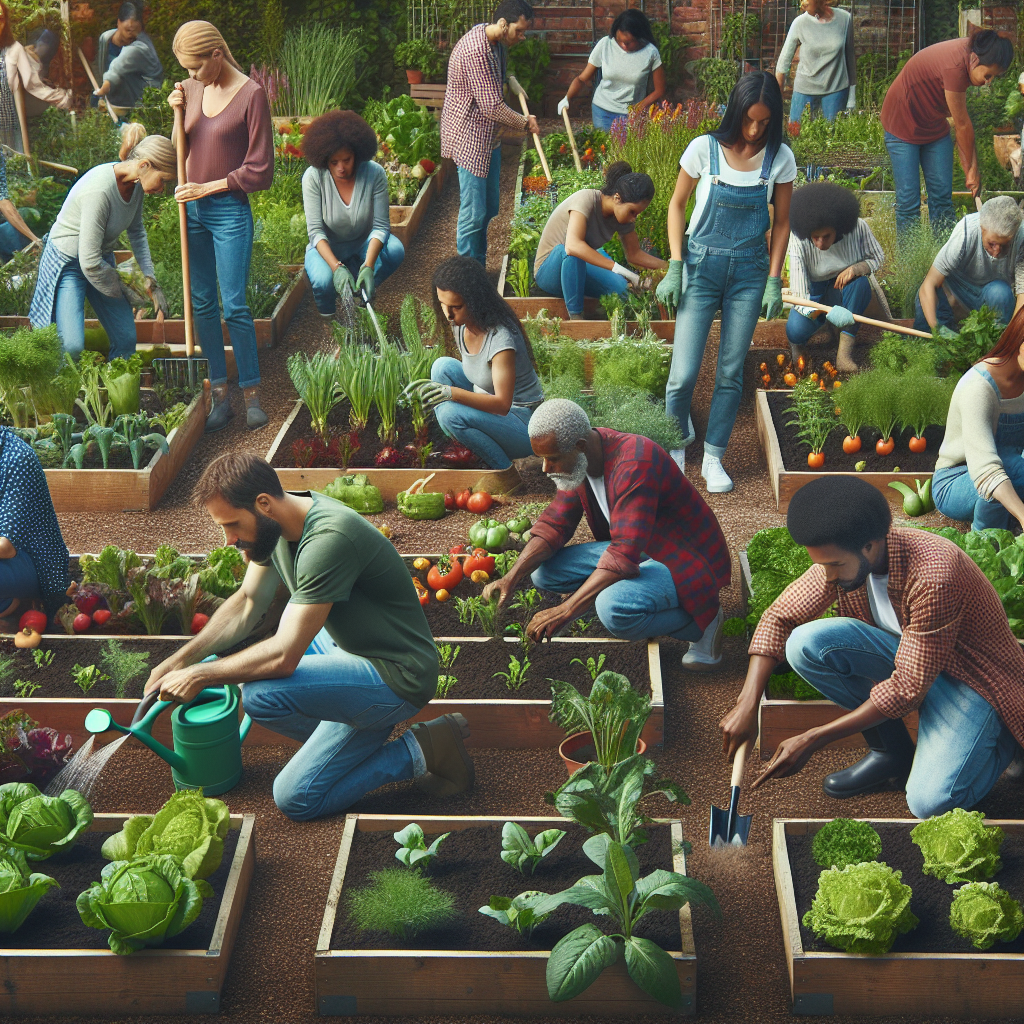Immediate Impact
The Community Garden Project (CGP), initially seen as an insignificant endeavor on the outskirts of city life, has blossomed into far more than just sustainable food production. It yields not only fresh produce but also fresh perspectives for investors keen on green community initiatives.
Game Overview
The CGP aimed to transform vacant urban spaces into lush plots filled with fruits and vegetables. But, beyond that surface goal was the ambition to create a self-sustaining model capable of transforming communities by improving local food security, enhancing biodiversity, reducing wastage and emissions linked to food transportation.
Key Moments
The turning point came when local authorities gave their nod for using public land for horticultural use and waived off certain taxes—this significantly reduced upfront costs while increasing overall feasibility.

Player Performance
Diverse stakeholders played key roles in this progress – neighborhood residents planting seeds, school children learning about ecology firsthand and businesses sponsoring gardening tools. Volunteers provided the manpower while corporate sponsors handled financial needs; both forces synergized perfectly under well-crafted leadership steering towards common goals.
Strategic Decisions
Critical strategies included introducing indigenous plants that attract pollinators while discouraging pests naturally without hazardous pesticides or fertilizers. Financially speaking—the decision to sell surplus production at farmers’ markets turned revenues enough to keep the project robustly funded.
Team Dynamics
It’s like we’ve grown our ecosystem,’ shares a community member. This metaphor holds true for the project’s team dynamics too—with diverse stakeholders learning, adapting, and functioning smoothly in their new roles.
Historical Context
The CGP adds to the growing list of successful urban farming projects demonstrating how small-scale communal efforts can yield substantial environmental and social benefits while also making good business sense—a paradigm shift from traditional profit-oriented practices.

Season Implications
As seasons change, so does the CGP’s approach — shifting crops with changing weather patterns allows year-round production while maintaining soil health. It’s a cyclical model indicative of sustainability businesses should pay heed to.
Fan Reaction ‘It feels like we’re nurturing our future,’ comments an elated resident. Community support remains unparalleled; it seems this ‘fanbase’ is here to stay.Media Coverage
The project has received extensive media coverage—from local news broadcasters showcasing its success stories to high-profile blogs exploring its economic implications—creating a buzz that could inspire similar initiatives globally.

Looking Ahead: What investors need to know about
Investment opportunities lie in supporting such grassroots level ventures that echo societal needs—the returns may not be fast but are steady and multi-faceted; beyond financial gains, they offer ‘green’ reputation boosting, CSR objectives fulfillment all within viable business models built around waste reduction and resource efficiency—one cannot ignore this green goldmine!

